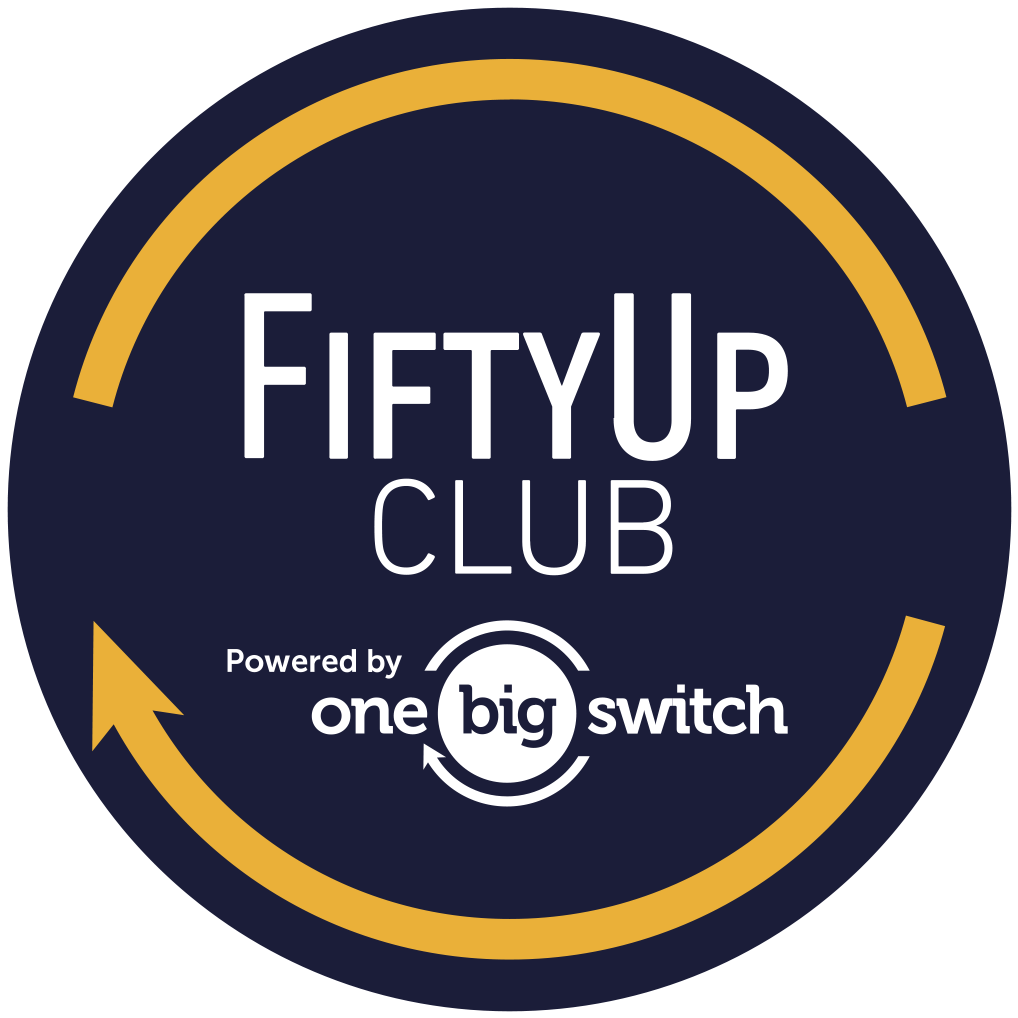
Wheels of Fortune
This weekend die-hard motor enthusiasts will head to Mt Panorama in Bathurst, west of Sydney for the SuperCheap Auto Bathurst 1000. Back in the 70's and 80's, Ford and Holden dominated the mountain and the Australian car market. There was a saying at the time "what wins on Sunday, sells on Monday". Back then, every young man wanted to get his hands on a Peter Brock Special Commodore. If you still have one, it could achieve spectacular returns financially!
Recently, Money magazine had an article on how to make money with classic cars and I thought it would be great to share with the fiftyup club. Mark Haybittle from the supercarsecrets.com.au writes:
In a world where realising major returns from an investment is becoming increasingly difficult, we went hunting for something that would make us the returns of years gone by. We analysed all the information available to us to see exactly what had passed, what existed and what was coming in the world of investment. We discovered several asset classes that have been overlooked while most planners and advisers pursue so-called safe investments. We then looked at what was in front of us, in particular what these “safe” investments were doing, and rapidly came to the conclusion that in these days of global uncertainty the traditional asset cars were trailing the field.
We summarised the results this way: bank deposits, 1.5%-2.5% a year; stocks, 6%-8%pa; real estate (over 10 years), 6%pa; classic cars, 48%pa.
The conclusion led us into the world of classic car investing, an asset class where many investments double in value in a year, with some achieving even greater results.
Clearly specialist knowledge was required to make this work, which was fine in our case, as we had grown up with these cars, built them, bought them, sold them and raced them. As a new investment class, it was therefore a no-brainer for us.
Looking around, we found that Europeans are into classic cars in a huge way, with 36 mainstream television shows on the subject and eight weekly magazines that have over 80 fresh pages every time. As we rapidly came to realise, these cars can rise in value astronomically.
There are many ways to value the investment performance of classic cars, including the Knight Frank luxury investment index, which tracks the performance of 10 “investments of passion” around the world. There are also many online articles from this institution, and most of them conclude that the appreciation in the classic cars market is between 47.6% and 49.6%pa. Another way to measure performance is the Hagerty classic car valuation tool (also known as the HAGI). Produced by Hagerty, it plots the growth in classic car values by group (such as European classics, American classics) as well as by make and model. Bloomberg reports Jonathan Klinger from Hagerty as saying: “Five years ago, you and I should have taken all of our liquid assets combined and purchased every 308 we could get our hands on to sell today.” He was referring to just one of the great risers in the classic car market, the Ferrari 308 GTB. He pointed out that the current average price across the 308 range is $US71,000 ($93,000), which is up 190% since 2011, according to Hagerty data. The classic car industry has been given a boost by the baby boomers, who have cash to spend and want to own and drive the cars that they had dreamed of as kids. They favoured 1960s and ’70s Porsches, Ferraris and Jaguars, and so up went the prices as availability decreased. In Australia classic cars were originally confined to Holdens and Fords, the only two manufacturers for many years, until Toyota and Mitsubishi opened assembly plants. Throughout the 1950s, 1960s and 1970s Holden and Ford really had no major competition, and so “special” versions were thin on the ground. There are a couple of notable exceptions, including the Holden HK Monaro, which has become highly valuable. Another example is the Ford Falcon GTHO Phase 3, which could achieve in excess of $700,000 not so long ago. These cars have now dropped in value considerably, as they only appeal to a percentage of the 22 million people who live here, whereas the European classics appeal to the entire world. The Ford Falcon GTHO Phase 3 was built in limited numbers, and had great performance and good handling, and so has some of the hallmarks of a true classic. In later years the Australian market widened greatly, and so people started buying or importing cars from Europe, Japan and the US, as interest grew rapidly. The real risers in Australia over the past 12 months have been Porsche 930 turbos, Porsche 911 SCs, Jaguar E-Types as well as the Ferrari 308 GTBs, which have at least tripled in value. We would have originally said that these cars were at the end of their growth cycle but they all then rose by an average of 18.4% in June-July, and so clearly demand is still strong.
Classic cars that are just taking off include the Porsche 928 and Porsche 944. In the second week of February, 28 928s were listed on carsales.com.au at an average of $26,844. Six months later the price was $62,421. One 928 was recently listed for $120,000. (We bought six examples in January.) The Porsche 944 has performed similarly, with 29 cars for sale in the same week in February, down to only six recently. The average price rose from $8881 to $27,480. A potential buy has to tick all the boxes for heritage, condition, chassis and engine numbers, and trim and colour options, meaning that specialist knowledge is required.
To hear Mark's interview on the fiftyup club show click here. Link through to Mark's site here:
Join the conversation below and share your favorite classic car!

